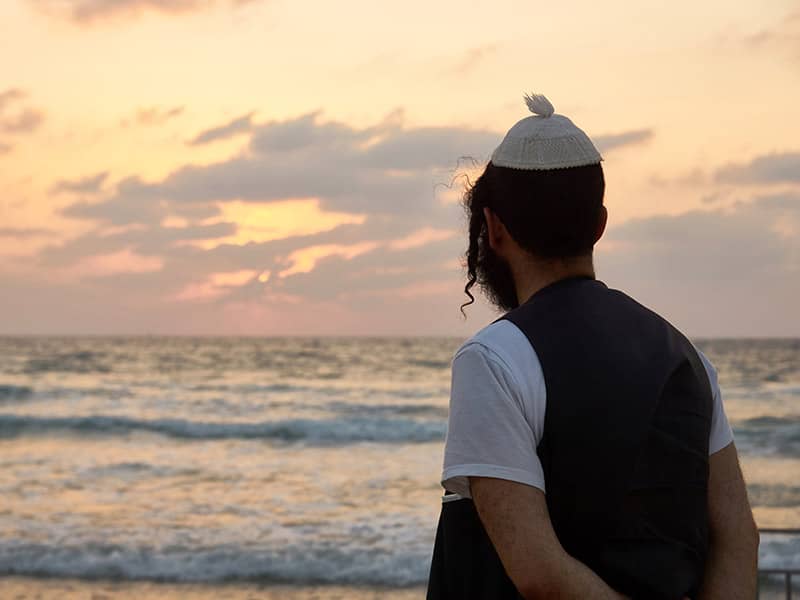Yields 2-3 loaves
3/4 cup sugar
2 cups lukewarm water
3/4 cup vegetable oil
1 tablespoon salt
3 large eggs
3 envelopes yeast
1/4 cup lukewarm water
8-10 cups bread flour (this should be bread flour because the density makes it better for baking bread than all-purpose flour.
Preheat ovn to 350 degrees.
Combine sugar, 2 cups water, oil, and salt. In a separate bowl, beat the eggs. Then add the eggs to the sugar mixture.
In a separate cup (I use a measuring cup), mix the yeast in 1/4 cup water. Make sure the water is warm--not cold or hot. This allows the yeast to work properly--you'll know it's working if you see little bubbles on the surface. (I've use it even if it doesn't bubble--the dough doesn't rise as much, but it still ends up tasting good.) Then add the yeast mixture to the first mixture.
Add 4 or 5 cups of flour and mix well (I use a spoon for this part as it is too wet to mix by hand.) Gradually add 4 or 5 more cups of flour. By judging the feel you will know how much more to add--if the mixture is sticky, add more flour; if it is dry and stringy, add a little water. At this point, it may be easier to mix with your hands than with a spoon.
Now you're ready to knead. Take off your rings. I like to knead in the bowl. If, unlike me, you prefer to knead on a cutting board or a table, sprinkle some flour on the board (or table), and place the dough on the flour and knead. Kneading on a flat surface allows you to use both hands (if you use a bowl, you have to use one hand to steady the bowl).
Regardless of what you're kneading in, here's how to do it. Make a fist and push (don't punch) down the dough. You can twist your hand as you're pushing so that you can open your handfrom a fist to an open palm as you push down and forward on the dough (by forward, I mean away from your body). Then grab a side of the shmushed dough ball, pull it away from the center of the dough, and fold it back into the center of the dough. Repeat this, starting at the center of the dough, and then fold it back into the center of the dough. Repeat this, starting at the center of the dough and working around the circumference so you push and pull all of it (rotating the dough or bowl as you work).
Continue to push down with your fist or palm, pull out, and fold mbac, to center until the dough becomes smoother. You can add more flour if the dough is too sticky or wet. Knead for a few minutes. You'll know when you're finished kneading by looking at the dough. If all the flour is incorporated and the dough is smooth, stop.
Put the dough in the oiled bowl, and flip the dough over so both sides get a little bit of oil on them. Now, here's my secret trick: lay a piece of wax paper over the bowl and then place a dish towel on top of that.
Let the dough rise for an hour. After an hour the dough should have doubled in size. Punch down the dough to deflate it, and knead again for a few minutes to work out any excess air bubbles. Cover with wax paper and towel, and let rise for another half hour.
After a half hour, you're ready to braid. Take the dough out of the bowl and divide it into two. (This is for your two challah loaves. If you want to make three loaves, divide the dough into three. It's traditional to make two.) Then divide each of the hunks of dough into four. Work with one set at a time. Roll the four pieces into snakes. I like to make mine 10-12 inches long. It doesn't matter; just make certain all four are the same length.
Lay the four pieces on the table, and pinch the ends of one side together. If you like, you can add raisins at this point by pushing them into the snakes of dough. Take the piece on the left and weave it over the roll of dough next to it, then under the next roll, and finally over the last roll, so that it finishes on the far right. Next take the piece that is now on the far left. Again, weave over, under, and over until it finishes on the far right. Continue to weave the left hand piece until the pieces are too short to weave. Then pinch the ends together and tuck them under the loaf.
Repeat with the other set of dough. You'll now have two loaves. Place the loaves on a non-stick cookie sheet (or put down a piece of parchment paper before placing the dough on the sheet, cover with a dishcloth, and let rest for ten minutes.
While the bread rests, prepare the egg wash, which will give the bread its beautiful shine. Here's a secret: don't dilute the egg with water, as some cookbooks will have you do. Just crack an egg in a small bowl, mix it, and brush onto the braided dough. You can also shake on some sesame or poppy seeds onto the loaves at this point. Or, if you prefer a sweet wash, you can drizzle honey over the loaves instead of egg.
Bake at 350 degrees for 45 to 55 minutes. The challah will be that beautiful golden brown color when finished. Let the smells begin!

